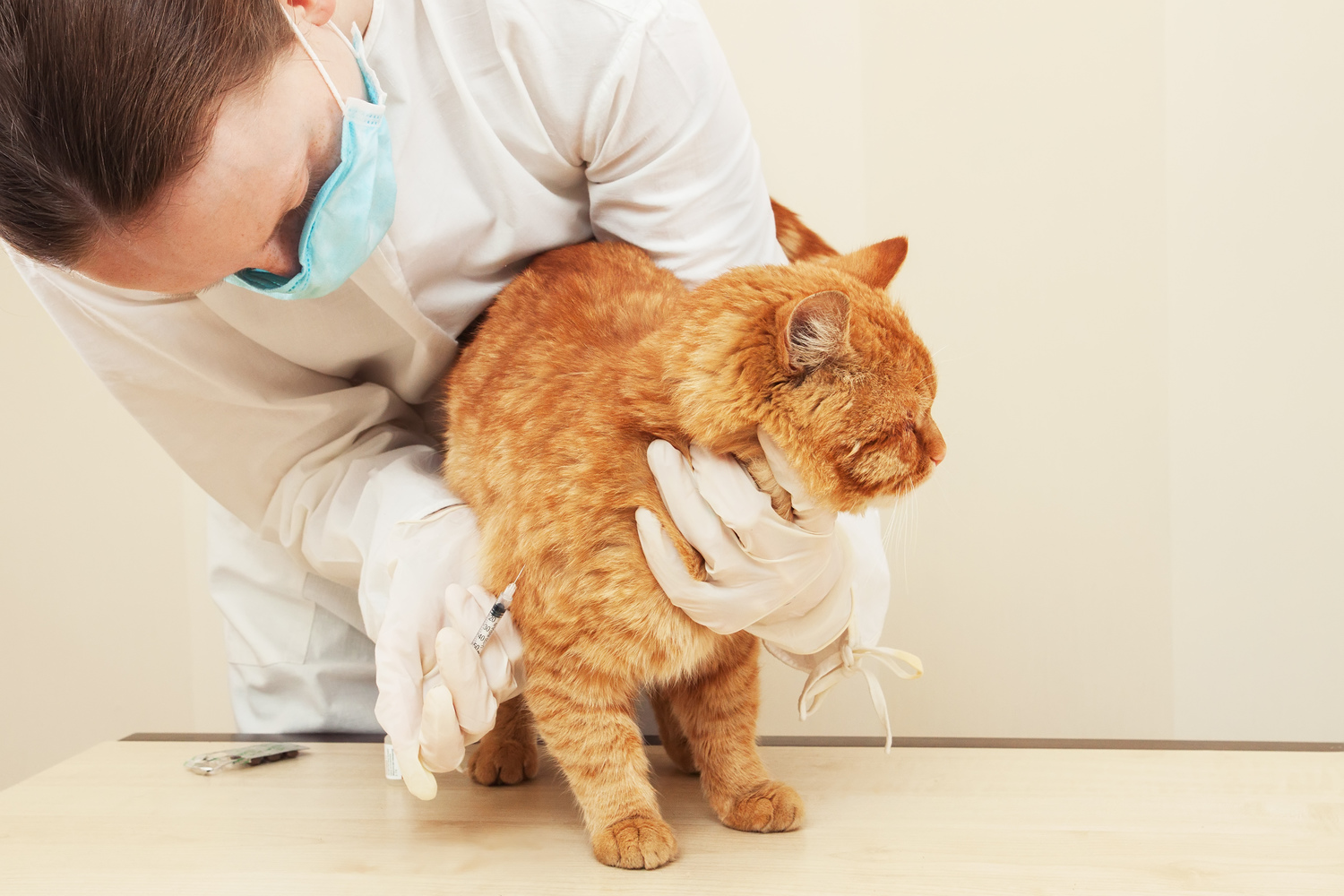
Diet Plan for Cats with Diabetes
Just like with their human caretakers, cats are developing diabetes mellitus at an alarming rate. Diabetes refers to the body’s inability to produce enough insulin to balance blood sugar levels. When left untreated, the condition can lead to dehydration, weight loss, vomiting, loss of appetite, depression, motor function difficulties, coma, and death. The main symptoms found in cats include increased thirst and urination. The condition is most often found in obese cats.
If your feline has diabetes, consider the following diet plan to manage their diabetes:
1. The importance of a diet
Diet plays a major role in the treatment of feline diabetes. The diet should not increase blood sugar levels and should provide all the nutrients needed by your cat. A well-planned diet can not just reduce blood sugar levels but also improve immunity, helping the body manage diabetes better.
2. High-protein low-carb diet
The ideal diet for a cat with diabetes is one that is high in protein content and low in carbohydrates. Carbohydrates should not exceed 10% of the calorie intake of your cat if it has diabetes.
Of the remaining 90% of calorie intake, 50% can come from protein and 40% from fat. Dry food has more carbohydrates. So, if you are giving commercial food products to your cat, you may need to switch over from dry to wet food.
Wet food or canned food has fewer carbohydrates and more protein, which is what your cat needs. Ensure you read the product labels before you buy food or consult your vet. In case you prepare cat food at home, reduce carbohydrate levels to control diabetes.
Regular checkups at the vet and blood tests are important to know if the diet is working.
3. Timing
For a diabetic cat, the timing of giving food must be synchronized with its insulin injection. Administer insulin immediately after the meal, twice a day. It is important to provide meals at the same time daily to prevent fluctuations in blood sugar levels.
4. Managing eating problems
A change in the diet may cause your cat to reject the new food. You will then have to find a balance between your cat’s preferences and the best diet. You can take the help of the vet to handle this problem.
5. Quantity
If your cat is overweight, then you may need to reduce the number of calories given per day. It may be better to give three or more small meals rather than two bigger ones. However, consult your vet before deciding on portion control.
6. Fiber
It is important to include fiber in your cat’s diet. A balanced diet would have fiber that helps in digestion and managing blood sugar levels. Fiber also makes your cat feel full, preventing hunger pangs that make it demand more food.
7. Special diet
In case your cat refuses wet food, you can look at feeding more of kibbles that are tasty and enjoyable. You need to look for special kibble that is low in carbohydrates and high in protein.
The diet herein this article could be followed if your cat has feline diabetes. The foods mentioned in the article would be ideal to manage your pet’s blood sugar levels. Consult your vet before starting a diet.


